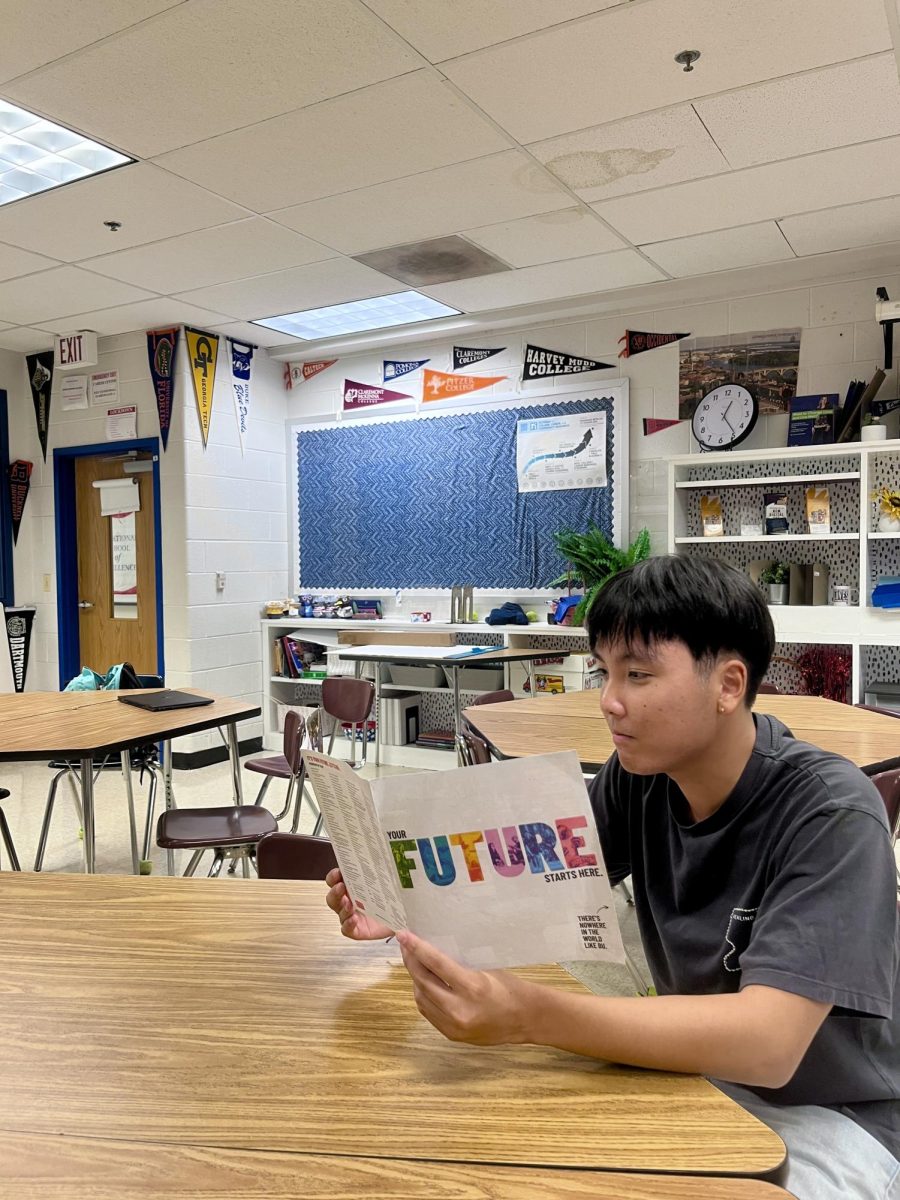In times as politically divisive as the present ones that have consumed society, the great and enduring American debates continue to be fought with greater vigor and, unfortunately, often ignorance toward opposing viewpoints. Modern politics is both polarized and polarizing to such an extent that it seems as if the only consensus on which Americans can arrive is of their hatred for the U.S. Congress, which, in October of 2013, was found to have an approval rating of 10 percent.
Yet despite this, high school students have taken a more prominent role in the modern political landscape, and the widespread use of social media only catalyzes this trend. With the election season behind us, we decided to take a look at the most discussed issues here. We chose three: the minimum wage, LGBT rights and, more broadly, President Donald Trump, who embodies a variety of stances. Our goal was to find out who supports what, and what might cause that.
What about Wootton?
Wootton is far less representative of Montgomery County than other schools. This is because large African American and Hispanic/Latino populations are found more in Silver Spring, Montgomery Village and Gaithersburg, while Wootton is comprised of largely white and Asian neighborhoods, such as Rockville, Potomac and North Potomac. While the per capita income in Silver Spring is $32,181, the per capita income of Potomac is $85,577. Thus, Wootton is comprised of higher income students than schools based in Silver Spring or other more densely populated parts of the county. Some Potomac residents go to Churchill, which also happens to be one of the wealthiest high schools in Montgomery County.
Demographically, about 46 percent of the school is white, similar to Montgomery County as a whole. It trails the county averages in Hispanics (7.6 percent) and African Americans (6.6 percent) while more than doubling the percent of Asians (35.5 percent). A Census report in 2012 found that, nationally, Asians and whites make more money than the average American, while Hispanics and African Americans make less. Since Wootton is comprised of wealthier census-designated places and cities, and largely of races that are, on average, “wealthier” nationally, it is a wealthier school than most in the country.
The results (and how we got them)
The Minimum Wage
In our quest to find measured responses on these topics, we decided that the easiest way to gauge public opinion would be through the conduction of polls. We polled 120 students and asked them a set of questions geared either toward the minimum wage, LGBT rights, or President Trump. The questions and answer choices can be found in the infographic at the bottom of the page. The first question asked was on the minimum wage, labeled “set one.”
Minimum wage question is generally a fairly good indicator of one’s political stances on economic issues and 92.5 percent of students believe the minimum wage should be increased to some extent. Of those 92.5 percent, 62.2 percent answered “C,” that the minimum wage should increase but not to $15 per hour. The remaining 37.8 percent answered “D,” with only 2.5 percent suggesting its abolition and five percent recommending it stays where it is. On the minimum wage, the average student here leans liberal, and on many economic issues they probably tend too as well. These results fit with the large number of students who supported Bernie Sanders’ presidential campaign in 2016 (in which a major plank was a $15 per hour wage), and prove that even students in wealthier areas can still be remarkably progressive.
LGBT Rights
LGBT rights were the focus of set two, whose questions can be found on the side. In question 2A, 95 percent of all students who answered said that same-sex couples should be allowed to marry. This was an unsurprising find, considering the already established liberal atmosphere permeating the school and county. What was interesting, however, was that of the 95 percent who believed in same-sex marriage, 46.2 percent of those people believe the churches should hold the right to refuse marrying a same-sex couple if they choose.
The implications for why some students answered this way in our community show some hidden diversity in our social positions. In our area, there are many students involved with their religions so much so as to go on religious retreats and activities often. The choice of option B in question 2B may be a result from a deep trust in one’s religion, believing if their own faith thinks it is prudent to refuse a same-sex marriage than they should be able to. The answering of this option may also stem from a legal viewpoint rather than a personal one. Perhaps the students who answered this way believe the church has a right to deny based on its religious views and by allowing a marriage, their views would be compromised. Nevertheless, there seems to be a clear consensus at Wootton that same-sex marriage should be allowed.
Of students surveyed, 48.2 percent believed that transgender students should not be able to use the bathroom of their choice. Considering the overwhelming support behind same-sex marriages it is apparent, at least at Wootton, those are two very different issues.
Of the 48.2 percent who were against transgender bathrooms, almost half of those, 46.2 percent chose option A, essentially meaning they are against the bathrooms are in favor of legislation to make the bathrooms by birth-assigned gender. The other half, while still against the bathrooms, were more reserved, being against any legislation that actively seeks to target transgender bathrooms.
The results of 2C are the only results where Wootton students are essentially split down the line of a conservative and liberal stance. The overall overwhelming liberal presence of our school and county is not visible on this issue and there is a clear divide between the students.
President Donald Trump
Set three questions not only showed how liberal students labeled themselves, but also measured opinions based on Trump’s performance in office thus far as well as measuring if one liked Trump as a person, for his policies, both or for neither.
As an answer to 3A, students had an average of a 2.89 out of 5, a slight liberal lean. Our diverse student body that oftentimes jokes about how liberal we are turns out to be less liberal than expected. This number is perhaps supported by information such as the results of question 2C from set two, where students were almost as equally conservative as they were liberal on transgender bathrooms.
However, unlike question 2C (on transgender bathrooms) where there was not a clear consensus from students, it was abundantly clear how they felt about Donald Trump. The vast majority did not approve of his first couple months in office, with 67.5 percent not approving of his actions. Some students agreed with a few, but not most of his actions in question 3B, with 27.5 percent believing so. These results are not surprising, considering the amount of controversy and backlash Trump has received for his policies. By pushing a wide variety of controversial issues such as the Muslim ban, the Obamacare replacement and the federal budget reorganization, it is no wonder the vast majority of students cannot support most of his actions.
Although his policies may be controversial, what about the man himself, Donald Trump? Disapproving of Trump may by the one thing students can agree on most, with 89.7 percent of students disapproving of him as an answer for 3C. This find is not surprising considering his approval ratings nationwide have recently hit an all time low while his disapproval ratings reach an all time high. That, combined with the fact that we live in Montgomery County, an area that overwhelmingly voted for Clinton in a state that voted for Clinton, makes it all the more likely for Trump to be disliked in our area.
Analysis and conclusion
The results we found revealed quite a bit about the political leanings of students. While students were economically liberal, in large part because many students themselves have minimum wage jobs over the summer, the largest portion of those polled didn’t believe in a $15 per hour minimum wage. The results were shakier with LGBT rights; students were found to be less accepting than one might expect, particularly on transgender bathroom rights. But the one thing on which nearly everyone could agree was for their disdain for President Donald Trump. So, if one thing will bring students together during these tumultuous political times, it’s their dislike for the leader of the country.
Matthew Klein
Features Editor
Aaron Levine
Back Page Editor


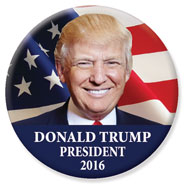
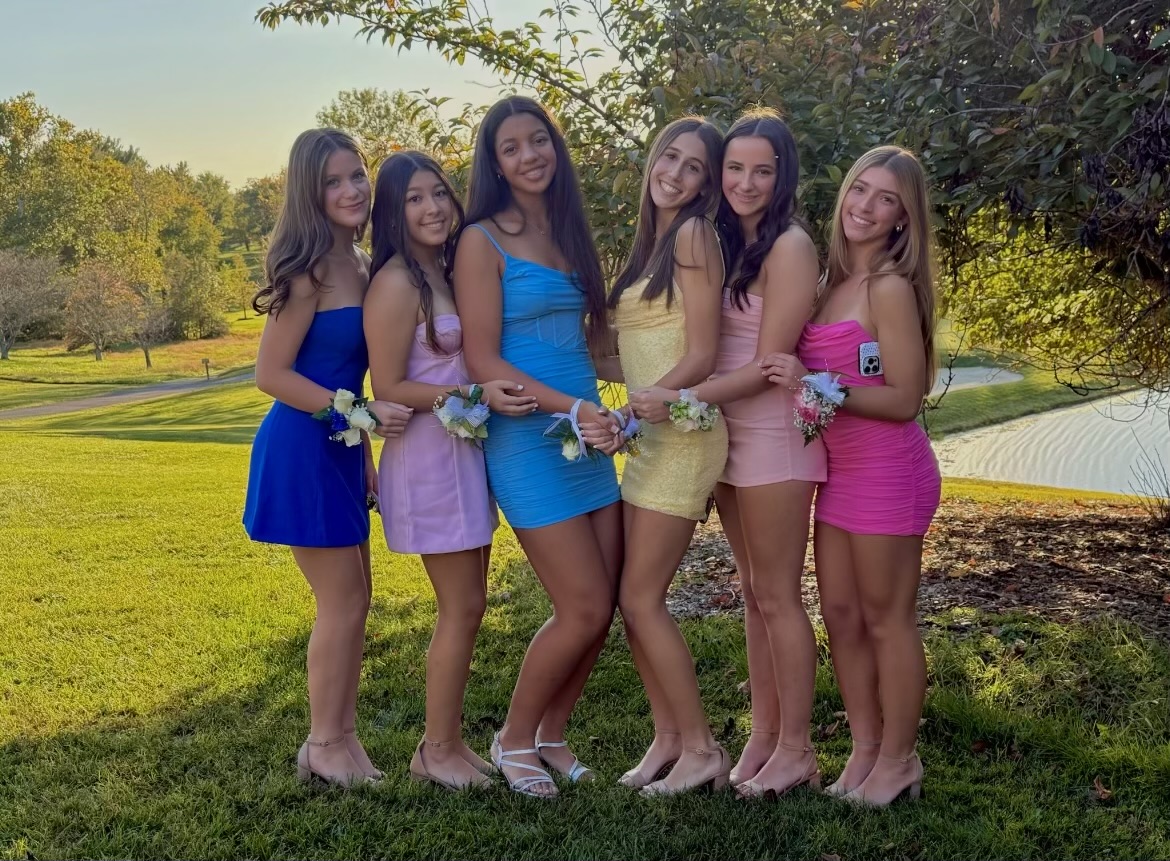
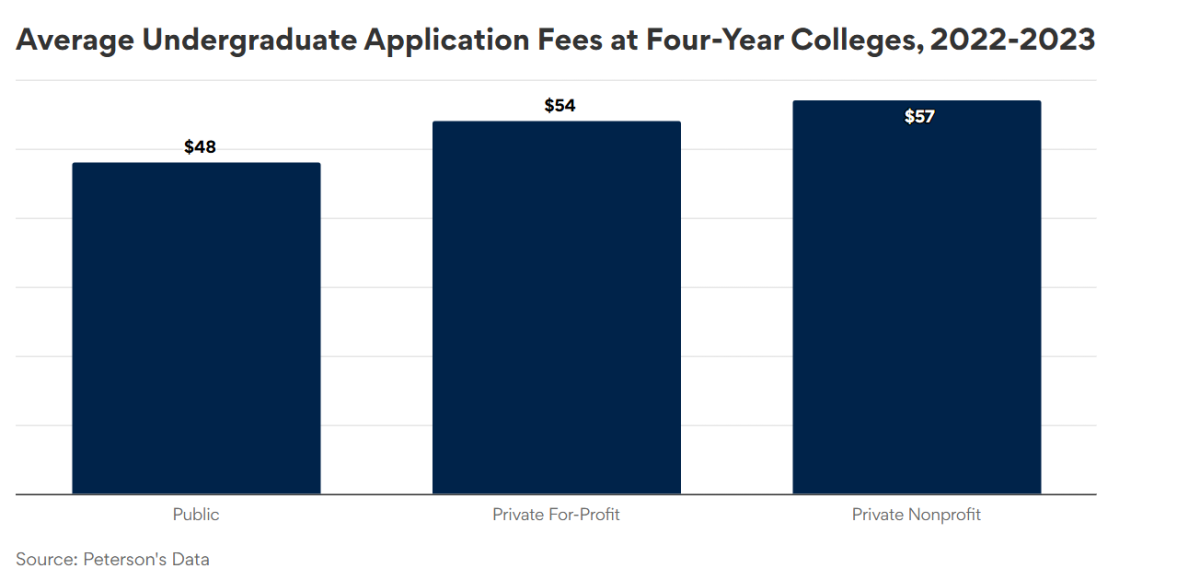
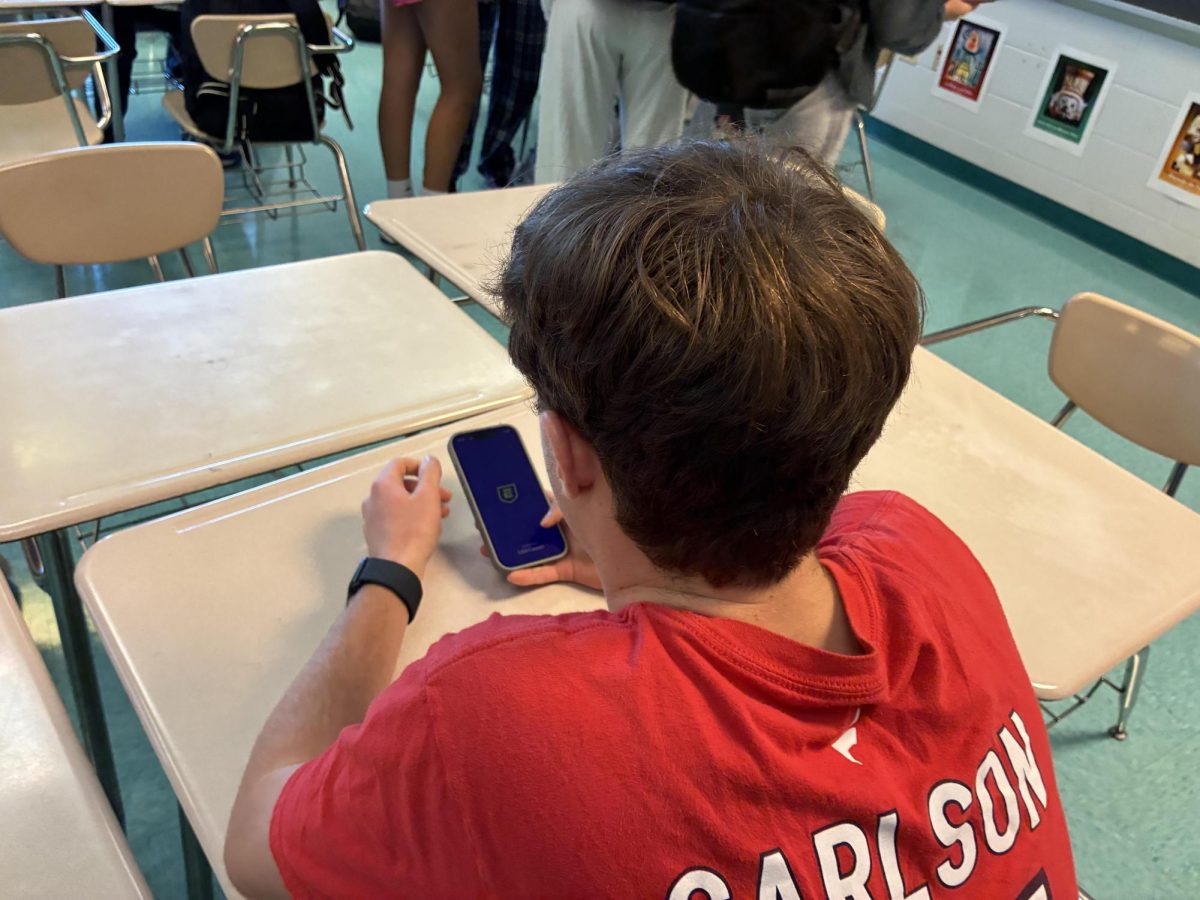
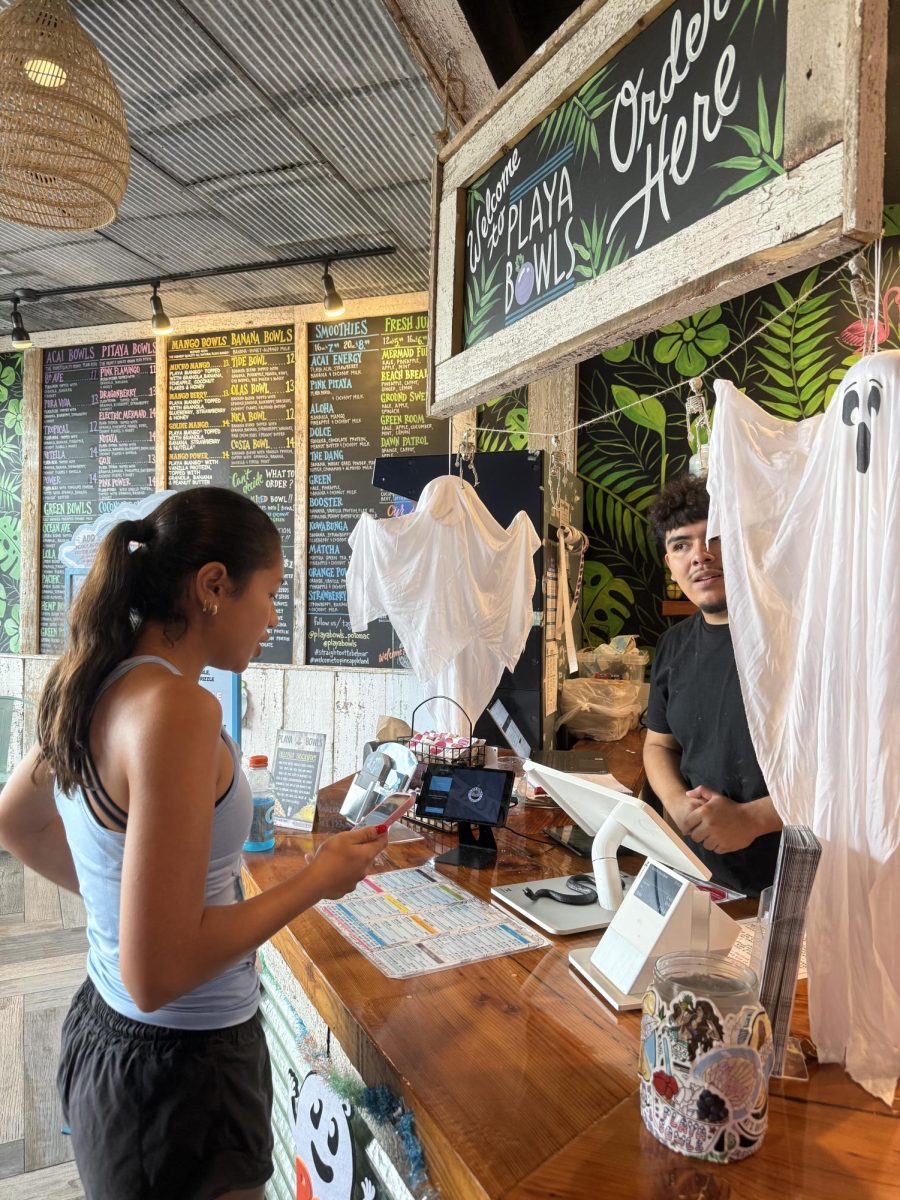
![Editors-in-Chief Ahmed Ibrahim, Helen Manolis, Cameron Cowen, Alex Grainger, Emory Scofield, Hayley Gottesman, Rebekah Buchman and Marley Hoffman create the first print magazine of the year during the October press days. “Only a quarter of the schools in MCPS have programs that are like ours, a thriving, robust program. That makes me really sad. This is not just good for [the student journalists] to be doing this, it’s good for the entire community. What [student journalists] provide to the community is a faith in journalism and that continues for their lifetimes," Starr said.](https://woottoncommonsense.com/wp-content/uploads/2025/10/wmpoFTZkCPiVA3YXA4tnGoSsZ4KmnKYBIfr18p3l-900x1200.jpg)
